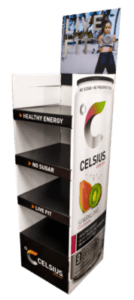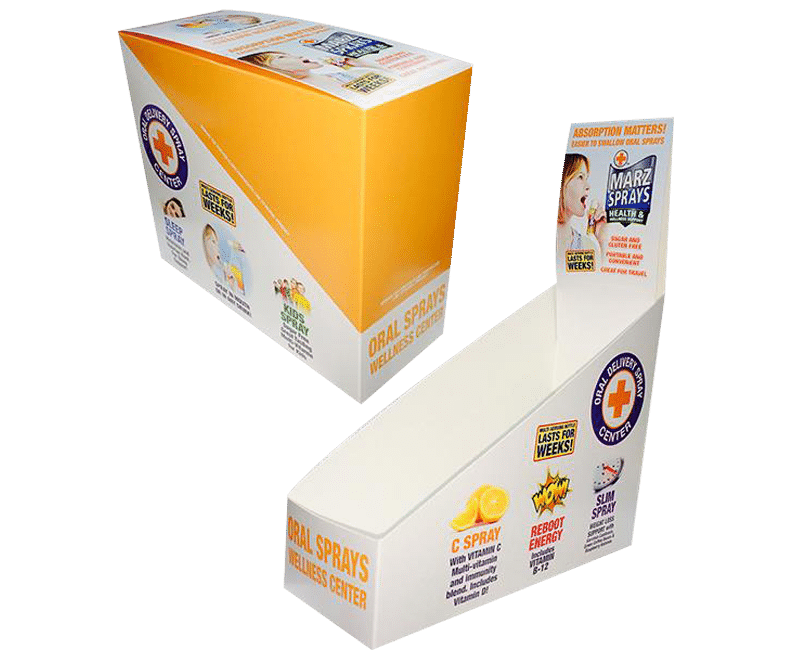Home » Load Bearing Design Principles for Corrugated POP Displays
Load Bearing Design Principles for Corrugated POP Displays

POP displays must balance eye-catching branding with structural integrity. Inadequate load-bearing design can result in product sagging, leaning, or complete collapse, which not only risks product loss but also damages retailer confidence. By applying engineering principles, testing protocols, and correct material selection, brands can maximize display stability without unnecessary cost.
Understanding Load-Bearing Capacity
- Static Load vs. Dynamic Load:
- Static load refers to the total weight a display can hold without movement.
- Dynamic load accounts for forces during handling, stocking, and customer interaction.
- Failure Modes: Panel buckling, shelf deflection, joint separation, and base collapse are the most common failure points.

Material Selection
- Corrugated Board Strength:
- Flute profile (B, C, E, or BC) impacts stiffness and stacking strength.
- Higher ECT boards increase vertical load capacity but also affect cost and weight.
- Coatings and Laminates:
- Water-resistant coatings prevent fiber weakening in humid environments.
- Laminates can increase rigidity but may impact recyclability.
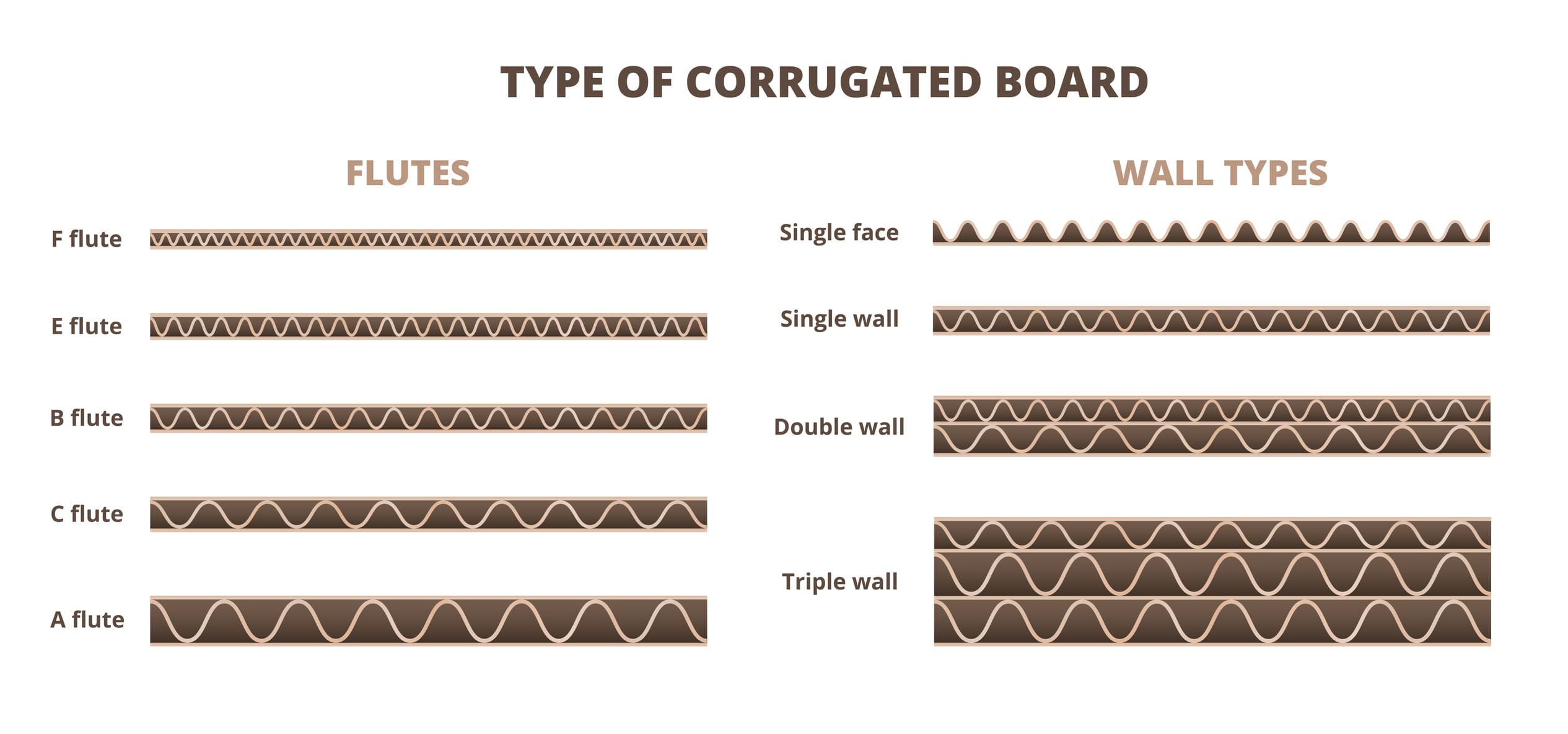
Structural Reinforcements
- Double-Wall Shelving: For heavier products such as beverages or canned goods.
- Internal Braces: Die-cut supports hidden behind the graphic panels for increased stability.
- Base Skids: Distributes load more evenly to prevent floor contact wear and pallet jack damage.
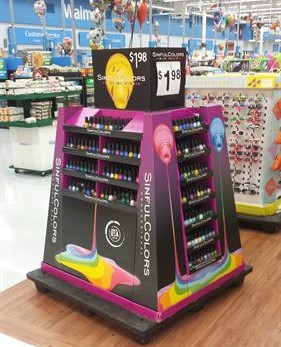
Design and Geometry
- Weight Distribution: Heavier SKUs should be placed at lower tiers to reduce tipping risk.
- Joint Engineering: Lock tabs, glue flaps, and interlocking slots improve structural stability.
- Shear Resistance: Cross-bracing and panel alignment reduce the risk of diagonal collapse.
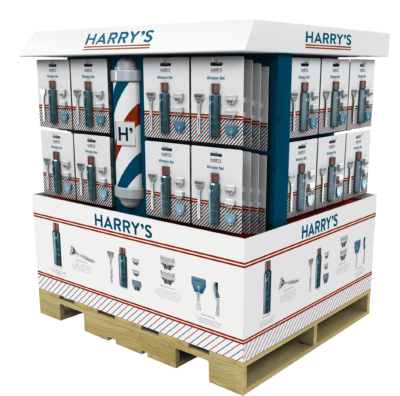
Testing Protocols
- ASTM D642: Measures compression strength to determine safe stacking loads.
- ISTA 3A & 6-Series: Simulates real-world handling, vibration, and impact.
- Shelf Deflection Tests: Measures how much a shelf bends under load over time.
Best Practices
- Always design for at least 25% higher load capacity than the expected maximum product weight.
- Validate prototypes under realistic load and environmental conditions before production.
- Balance cost-to-performance ratio — over-engineering increases cost without visible retail benefit.
References
ASTM International. (2015). ASTM D642-15: Standard test method for determining compressive resistance of shipping containers. ASTM International. https://www.astm.org/d0642-15.html
International Safe Transit Association. (2018). ISTA 3A general simulation performance test for packaged-products for parcel delivery system shipment. ISTA. https://ista.org/
International Safe Transit Association. (2018). ISTA 6-Series transit tests. ISTA. https://ista.org/
In packaging, foam isn’t just about initial protection — it’s about maintaining performance over the entire shipping or storage cycle. Compression set and recovery characteristics determine whether foam continues to
Pouches are a go-to for flexibility and convenience, but they can fail in critical ways—from poor seals to punctures and delamination—that hurt performance and brand reputation. Understanding these failure points
In the retail environment, the placement of Point of Purchase (POP) displays is just as critical as their design and content. Strategic positioning can significantly influence consumer behavior, increase product
Choosing the right foam density isn’t about “soft” versus “hard” — it’s about controlling shock transmission and matching the foam’s cushioning curve to the product’s fragility. Using the wrong density
Home » Load Bearing Design Principles for Corrugated POP Displays


